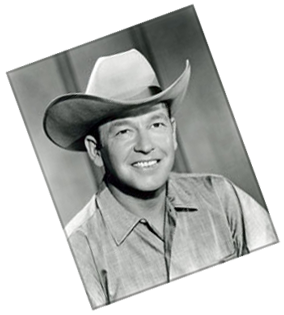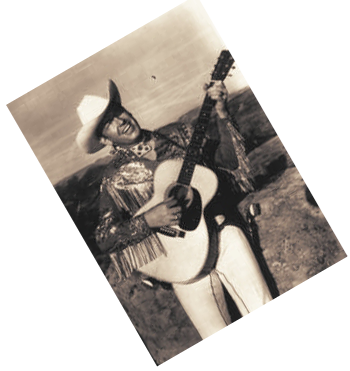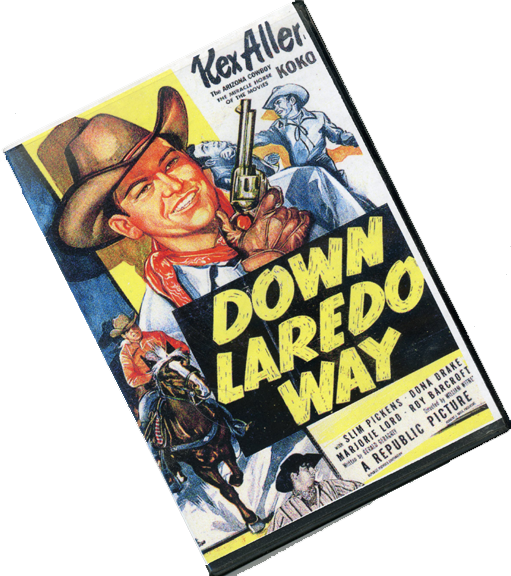



WILLCOX Cowboy Hall of Fame inductees
BRANNICK RIGGS (17)
1828-1907
1990 COWBOY HALL OF FAME POSTHUMOUS AWARD
Brannick Riggs was born July 10, 1828, near Tuscaloosa, Alabama. About 1850 he and his brother, Barney, went to Texas on horseback. Brannick's first work there was driving a mule team for the United States Army. Later he worked on a large plantation for Judge Parker. It was here that he met and married Mary Elizabeth Robbins. At this time he also joined the Masonic Order, and these two events seemed to have made a lasting influence on the development of the fine qualities of his manhood. The next move was to a farm on Peach Creek in Fayette County. However, this was not successful, and he sold the farm and went to work for a Judge Flint, taking care of horses. Leaving his family in Texas, he joined the southern army during the Civil War. He was shot and wounded the day before the Battle of Shiloh. He recovered and was able to return to Texas and his family.
After the war, Mr. Riggs and his wife decided to go to California to raise their family. In 1871 they joined a large wagon train headed for California. They had been living at Fort Riggs, which they built while living on the Medina River. While living there the Indians stole their cattle. Their next home was in Chicosa Canyon, near Trinidad, Colorado. They had a lumber business here, which enabled them to continue on their journey. After living here for six years, the ox teams were yoked, the cattle herded together and in late 1877 entered into Arizona.
In the meantime, Mr. Riggs' brother, Jim, and his family had gone ahead, and were living in Dos Cabezas, Arizona. Continuing on their journey, they lived at the mouth of Big Immigrant Canyon, near Bowie, Arizona. At this place there were large numbers of lobo wolves. They killed some of the cattle. The spring at this location, that furnished them with water, went dry and again they went looking for a place to find water and feed for their needs. They had heard of a beautiful valley beyond Fort Bowie, and after some exploring, they made what was to be their last move, to Sulphur Springs Valley, through the famous Apache Pass and into the area that later became known as "The Riggs Settlement". Here they build a home, known to all as "Home Ranch" and here Mr. Riggs lived with his wife and children until his death.
The Riggs Family had about eight head of cattle, along with the horses, when they settled at the ranch. Cattle and horses played a very important role in the life of Brannick Riggs. He traded steers for heifers with John Slaughter, and during the early years he sold beef to Fort Bowie. In 1904, Mr. Riggs and his family formed the Riggs Cattle Company, and it prospered, but was dissolved in 1922. In 1920 the Riggs Bank in Willcox was opened. It was sold in 1933 and reopened as a branch of the Valley National Bank.
In the early years at the ranch, Mr. Riggs realized how important education was, and as there were no schools in the area, he built a school house at Home Ranch. He employed teachers to teach his children and the other children in the neighborhood. As the family grew up, most of them were sent to Valparaiso, Indiana to attend the University there. Some of the younger members of the family attended the University of Arizona. Mr. Riggs lived to see his children become ranchers, lawyers, bankers, political leaders and teachers.
Some of the stories Mr. Riggs told his family through the years seem hard to believe today. At one time in his life, he worked for $700.00 a year. While living and working around San Antonio, Texas, the best lots in town sold for $5.00 and good land for .25 an acre.
In June of 1970, the descendants of Brannick and Mary Robbins Riggs held an all day celebration at the Community Center in Willcox. This was a day to commemorate one hundred years of cattle ranching in this area. Lots of stories were told and a centennial book was put together by the historical committee and it was available to those at the reunion. All of this we owe to the man and woman, Brannick and his wife, for the years of devotion to their family and the many acts of kindness to all around and for his urgent need to see that the family had the best education given at the time.
Mr. Riggs died July 3, 1907 at the age of 78 and is buried in the Riggs Cemetery.





